The Founders
When Dr James Stonhouse arrived in Northampton in 1743 he soon realised the town needed a hospital. He and the Reverend Philip Doddridge ran a successful campaign and raised sufficient funds to establish the first infirmary by the end of that year.
Fifty years later Dr William Kerr began getting support and subscriptions to build a new infirmary, which opened in 1793.
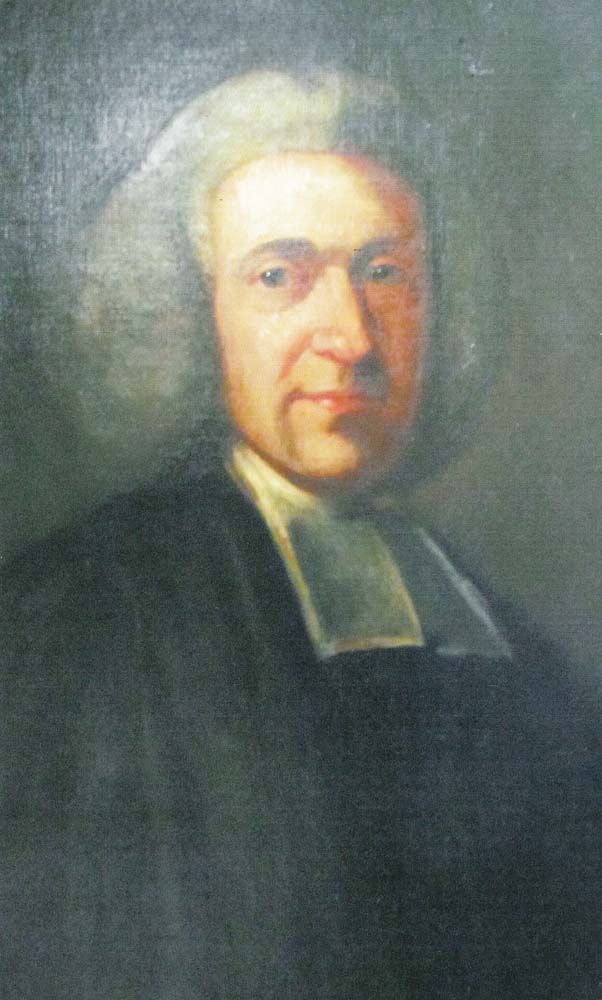
DR. JAMES STONHOUSE
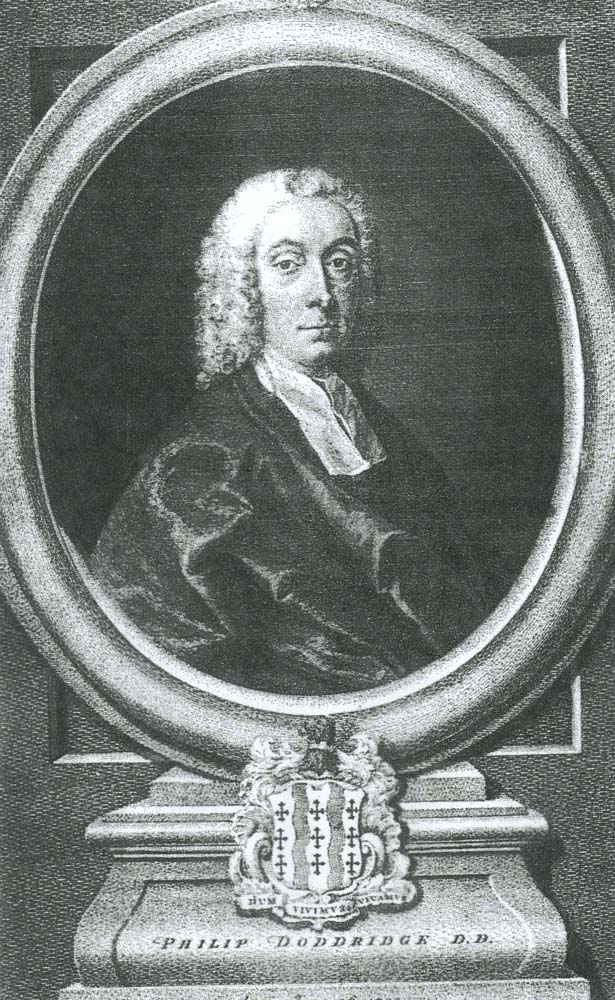
REVEREND PHILIP DODDRIDGE “By kind permission of Northamptonshire Libraries and Information Services.”
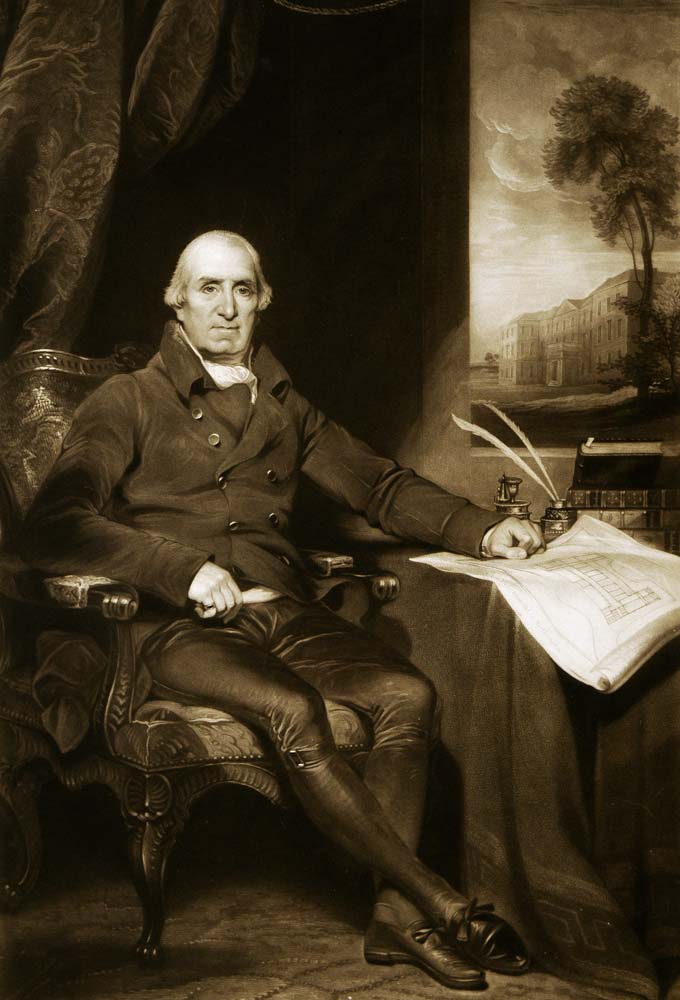
DR. WILLIAM KERR
Medical Men
Over the years there have been countless doctors who have devoted their careers caring for the residents of Northamptonshire, these are some of those dedicated professionals.
Mr Charles Holman, appointed in 1912, following WW1 he was asked to set up out-patient services for the disabled soldiers. He then worked at Manfield Orthopaedic Hospital in its early years, before returning to the General Hospital.
Dr Gordon Sturtridge began his career as the Medical Superintendent of the hospital and then was appointed Consultant Gynaecologist and Obstetrician in 1948.
When the Barratt Maternity Home opened in 1936 Mr Robert Watson soon became known as ‘The Father of Obstetrics,’ in Northampton.
Dr Benjamin Jolles worked tirelessly to develop radiotherapy facilities at the hospital.
The care of premature babies owes a debt to the pioneering influence of Dr Harry Gosset, Paediatrician, who was instrumental in developing the facilities for this speciality.
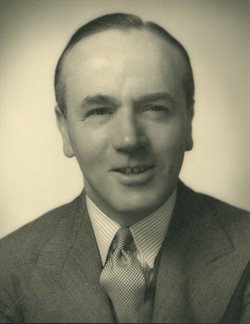
Mr Robert Watson, Consultant Gynaecologist and Obstetrician
Secretaries and Committees
Behind the scenes there were numerous committees and administrative persons who ensured the smooth running of the hospital.
Henry Woolley was the first appointed secretary in 1743, and was also a bookseller.
Stanley Hill was the last in this post and became Group Secretary in 1948 when the NHS was introduced.
Mr Charles Battle was secretary of the Hospital Convalescent Fund and also worked hard raising funds for the hospital. Battle House on the Billing Road section of the hospital is named after him.
On several committees, often in the role of treasurer, was Mr Talbot Butler supporting the general hospital and others in the county.
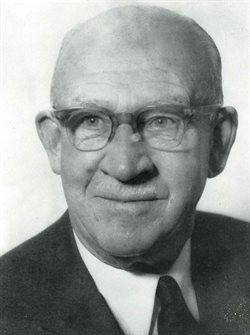
Mr Talbot Butler
The Shoe Philanthropists
Local shoe manufacturers gave generously with time and money supporting the local hospitals. In some cases individuals would fund the entire building project.
Mr GT Hawkins, Pathology Laboratory.
Mr T Singlehurst, Ophthalmic Department.
Mr W Barratt, the Barratt Maternity Home and gynaecological wards.
Sir James Crockett gave several donations, served on committees and had a ward block named after him.
Other local businessmen contributed lasting legacies, for example, Sir Cyril Cripps, whose gift of the post-graduate centre and later the recreation centre are now invaluable facilities for the staff.
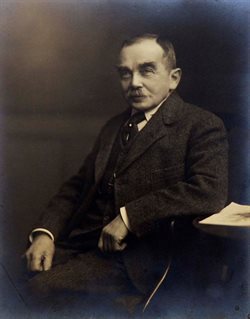
Sir James Crockett “By kind permission of Crockett & Jones, Northampton.”
The County Squires
The many titled gentlemen of the county were involved in the development of the infirmaries for the beginning. They contributed regular subscriptions, acted as hospital governors and served on the various committees. Some names which featured regularly in reports were Spencer, Hanbury, Knightley, Compton, Hesketh, Isham and Dolben.
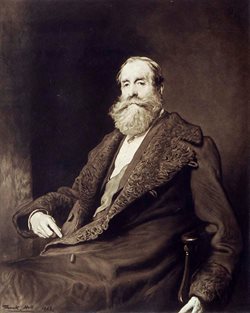
John Poyntz Spencer, 5th Earl Spencer
Return to Our History main menu.